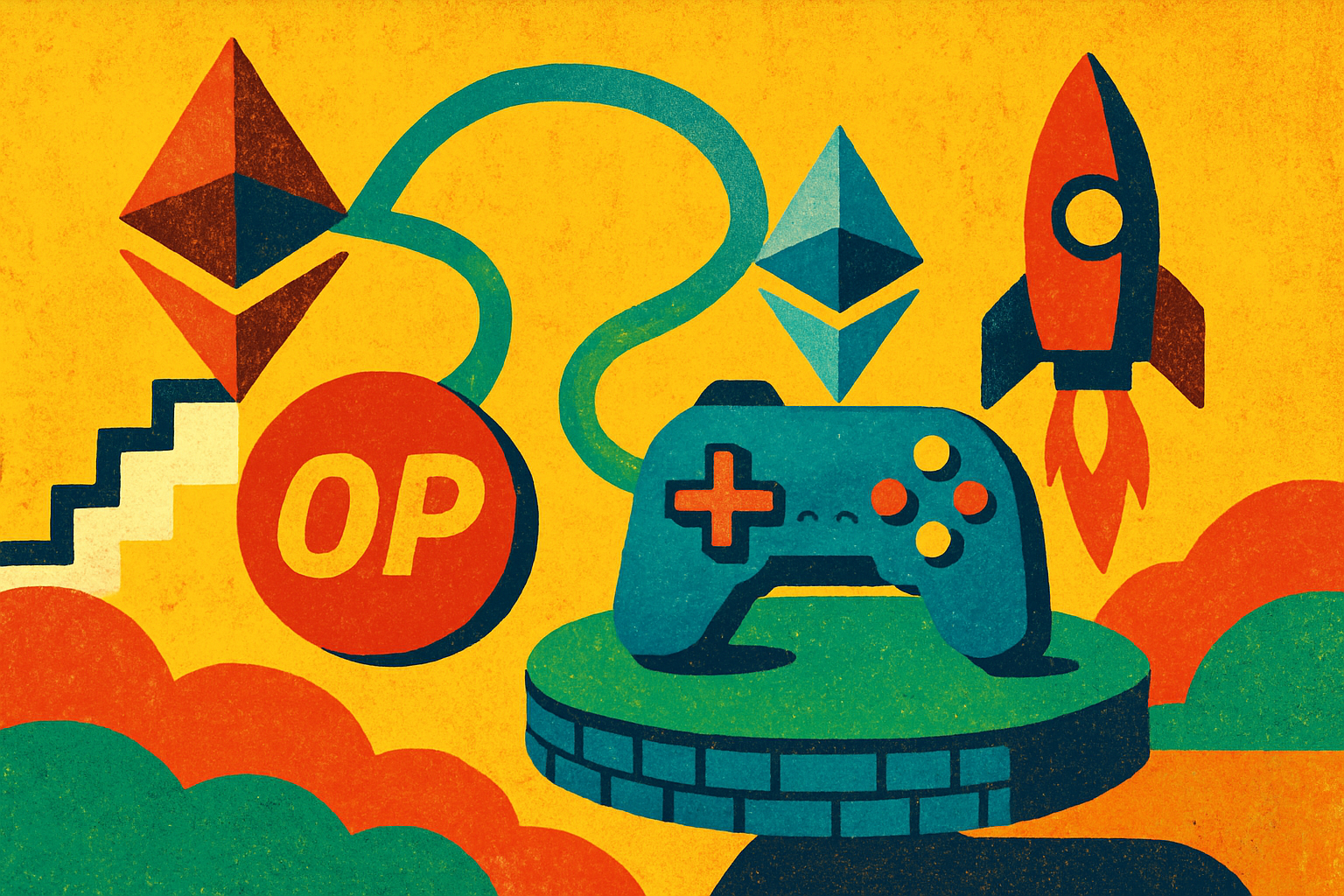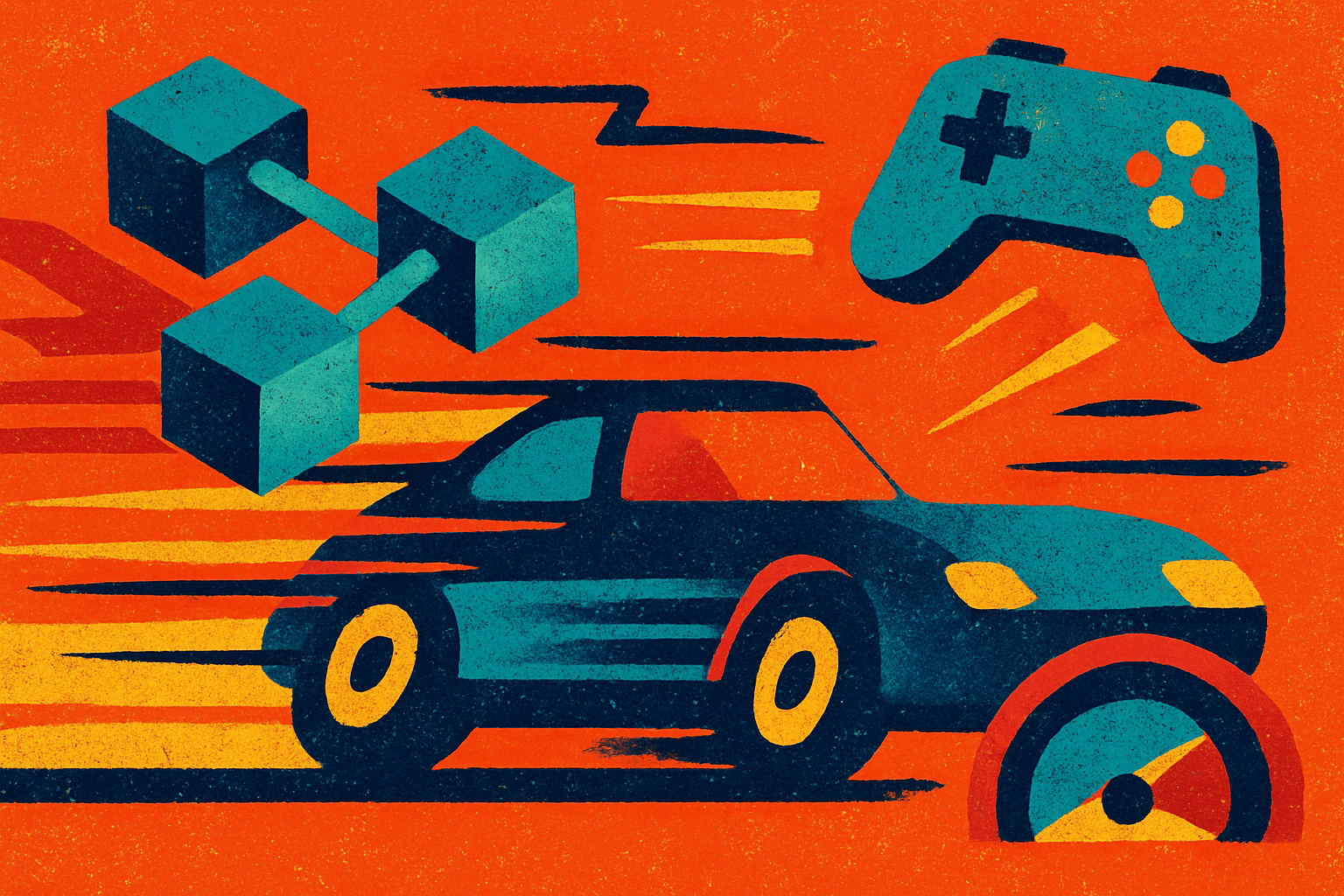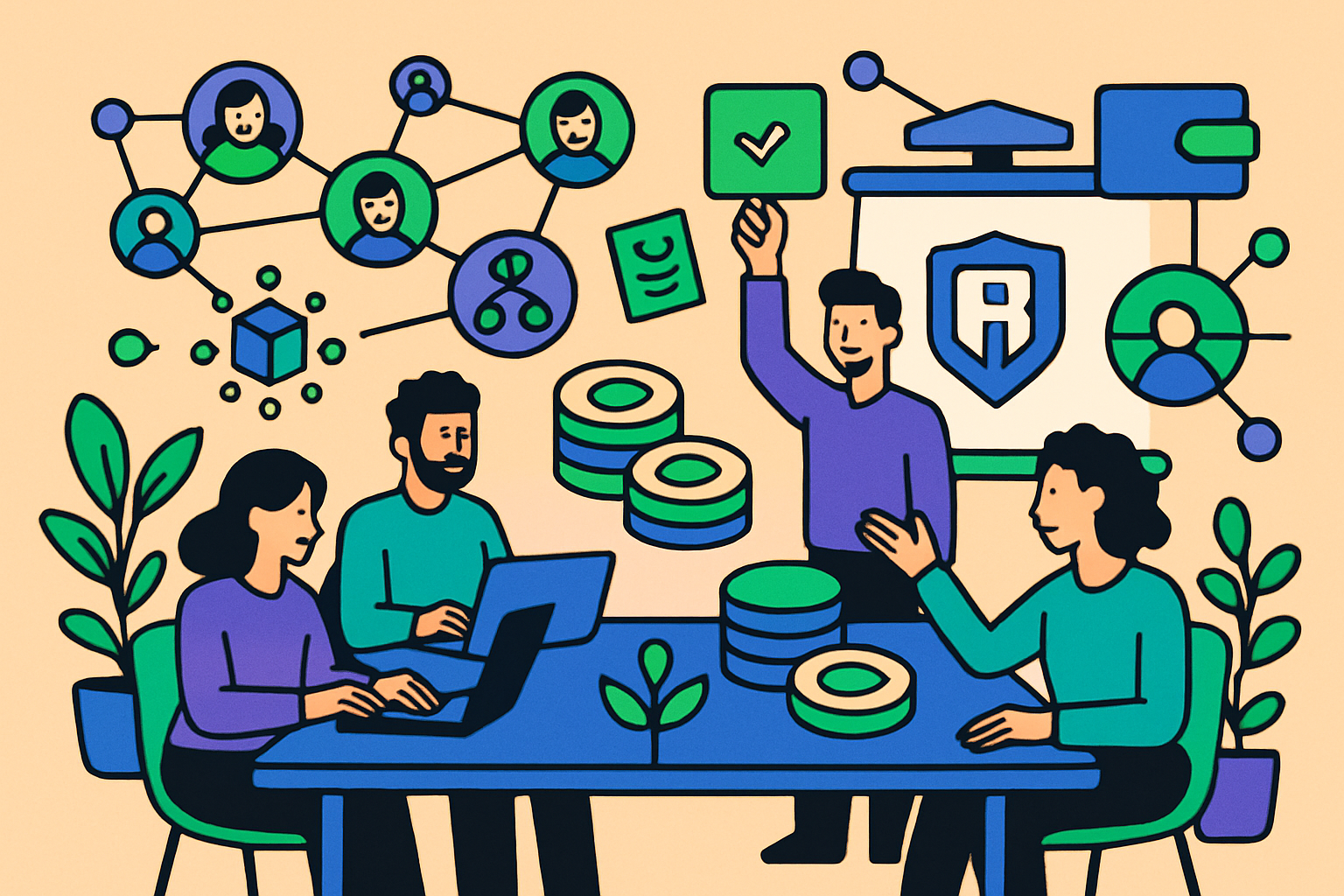
The race to scale blockchain infrastructure has always been about more than just raw numbers. While transactions per second (TPS) have dominated the headlines, the real breakthroughs are coming from innovations that fundamentally change how blockchains process data. Ronin’s transition to a Layer 2 (L2) solution on Ethereum is a prime example – and at the heart of this evolution is parallel execution, a paradigm shift that’s poised to redefine what scalability means for Web3.
Ronin’s Layer 2 Leap: Beyond the TPS Obsession
Ronin, once the backbone of Axie Infinity’s explosive growth, is moving from its sidechain roots to become a full-fledged Ethereum L2. This isn’t just about boosting TPS – it’s about unlocking an entirely new dimension of blockchain throughput and user experience. At the time of writing, Ronin (RON) is trading at $0.3708, reflecting the market’s anticipation for this next phase of its evolution.
Why the shift? The answer is simple: mainstream applications, especially in gaming and DeFi, demand more than monolithic chains can deliver. Ronin’s L2 vision leverages zkEVMs and modular scaling to support thousands of games and millions of users, all while maintaining security and interoperability with Ethereum. The result is a scalable settlement layer purpose-built for high-velocity, high-volume dApps.
Parallel Execution: The Secret Sauce for True Scalability
So, what is parallel execution and why does it matter? Traditional blockchains process transactions sequentially, which creates a bottleneck as user demand grows. Parallel execution flips this script by enabling multiple, non-conflicting transactions to be processed simultaneously. This isn’t just a theoretical boost – it’s a practical leap that can multiply throughput and slash latency for users and developers alike.
According to the Ronin Blog, parallel execution is a cornerstone of their L2 architecture. By carefully constructing access lists and leveraging advanced scheduling algorithms, Ronin can maximize resource utilization without compromising on determinism or security. This approach is especially crucial for gaming ecosystems, where rapid in-game actions and NFT transactions need to happen in near real-time.
But there’s a trade-off: as parallelism increases, so do the hardware requirements for validators. This tension between performance and decentralization is at the core of the blockchain trilemma, and Ronin’s approach aims to find the sweet spot where both can thrive.
Ronin Rollups: Technical Analysis and Modular Power
Parallel execution doesn’t exist in a vacuum – it’s supercharged by Ronin’s adoption of zkEVM-based rollups. These zero-knowledge rollups aggregate hundreds (or thousands) of transactions into succinct proofs that are settled on Ethereum, dramatically reducing mainnet congestion and gas fees. By combining rollups with parallel processing, Ronin isn’t just chasing higher TPS – it’s building an infrastructure where throughput scales horizontally as demand grows.
The modular design means developers can launch their own custom L2 chains on top of Ronin mainnet, each benefiting from shared security and interoperability. This is already having an impact: flagship games like Axie Infinity are set to gain smoother NFT trading and richer in-game economies as transaction speeds increase by up to 12 times compared to legacy architectures (ChainCatcher).
With Ronin (RON) holding at $0.3708, the market is watching closely as these technical upgrades roll out. The focus is now shifting from raw TPS numbers to real-world user experience – faster confirmations, lower latency, and seamless interoperability across dApps.
Developers and validators are already experimenting with the new paradigm, and the early results are promising. By processing transactions in parallel, Ronin L2 dramatically reduces network congestion during peak gaming events and NFT drops. This is a game-changer for studios and creators who require reliable, low-latency infrastructure for their communities.
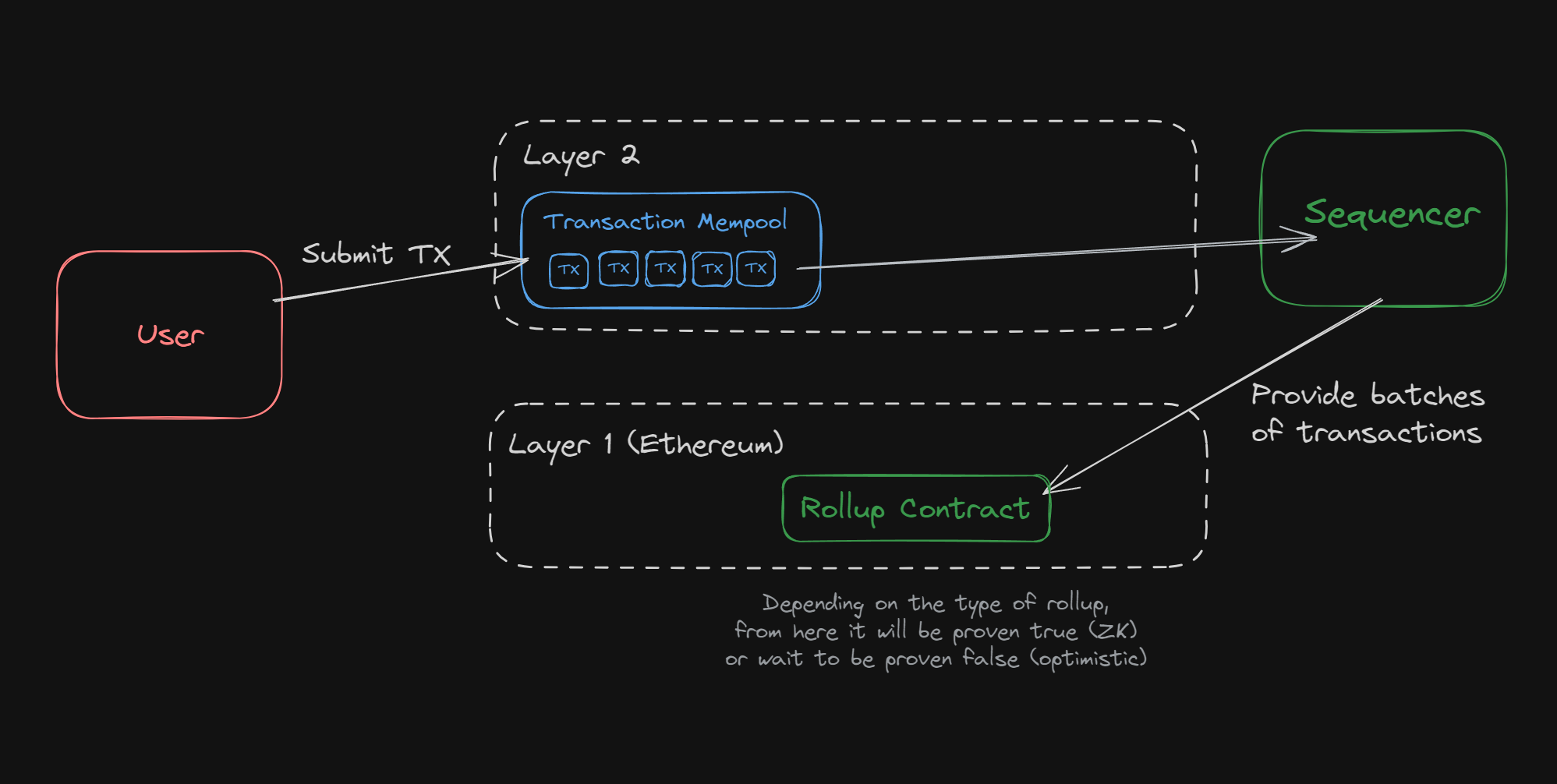
But the benefits go beyond speed. Parallel execution, when paired with zkEVM rollups, also means better resource allocation and more predictable costs for users. Instead of bidding up gas fees in a congested block, transactions are routed and processed according to their dependencies, smoothing out spikes and keeping costs low. This is especially relevant as Ronin migrates toward its Q2 2026 L2 target, using Polygon’s Chain Development Kit (CDK) as a foundation for further modularity and scalability (Ronin zkEVM announcement).
Challenges, Trade-offs, and the Road to Decentralization
Of course, no scaling breakthrough comes without trade-offs. As Ronin L2 ramps up parallelism, validator hardware requirements will rise. This could shift the decentralization landscape, as only operators with sufficient resources can participate. However, Ronin’s design philosophy emphasizes modularity, allowing individual games or dApps to calibrate their own balance between speed, security, and decentralization. This flexibility is essential for onboarding the next wave of Web3 users.
Ronin L2 Parallel Execution: Key Benefits & Challenges
-
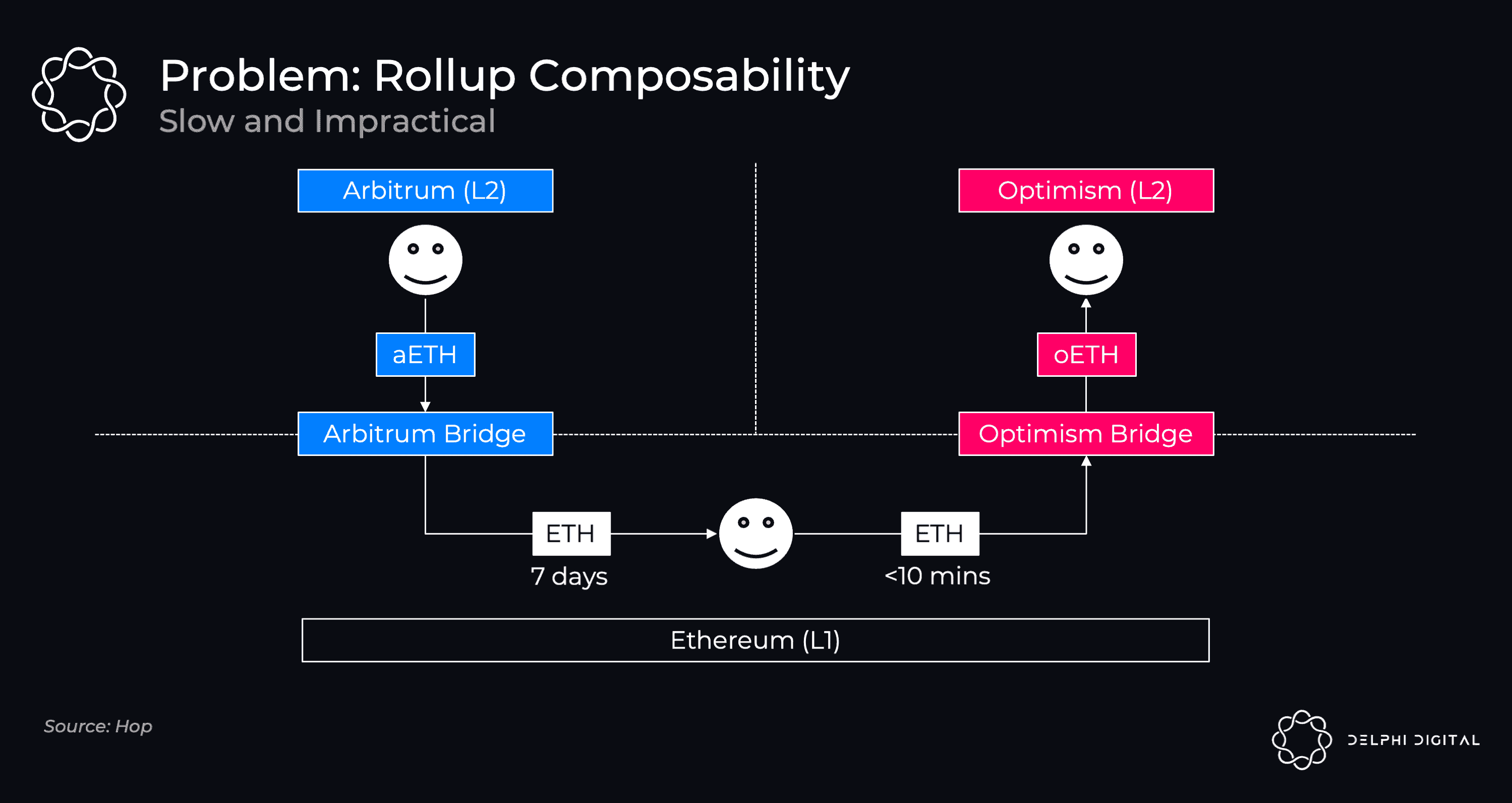
Massive Throughput Boost: Parallel execution enables Ronin L2 to process multiple transactions at once, dramatically increasing network capacity and reducing congestion—crucial for high-activity games like Axie Infinity.
-
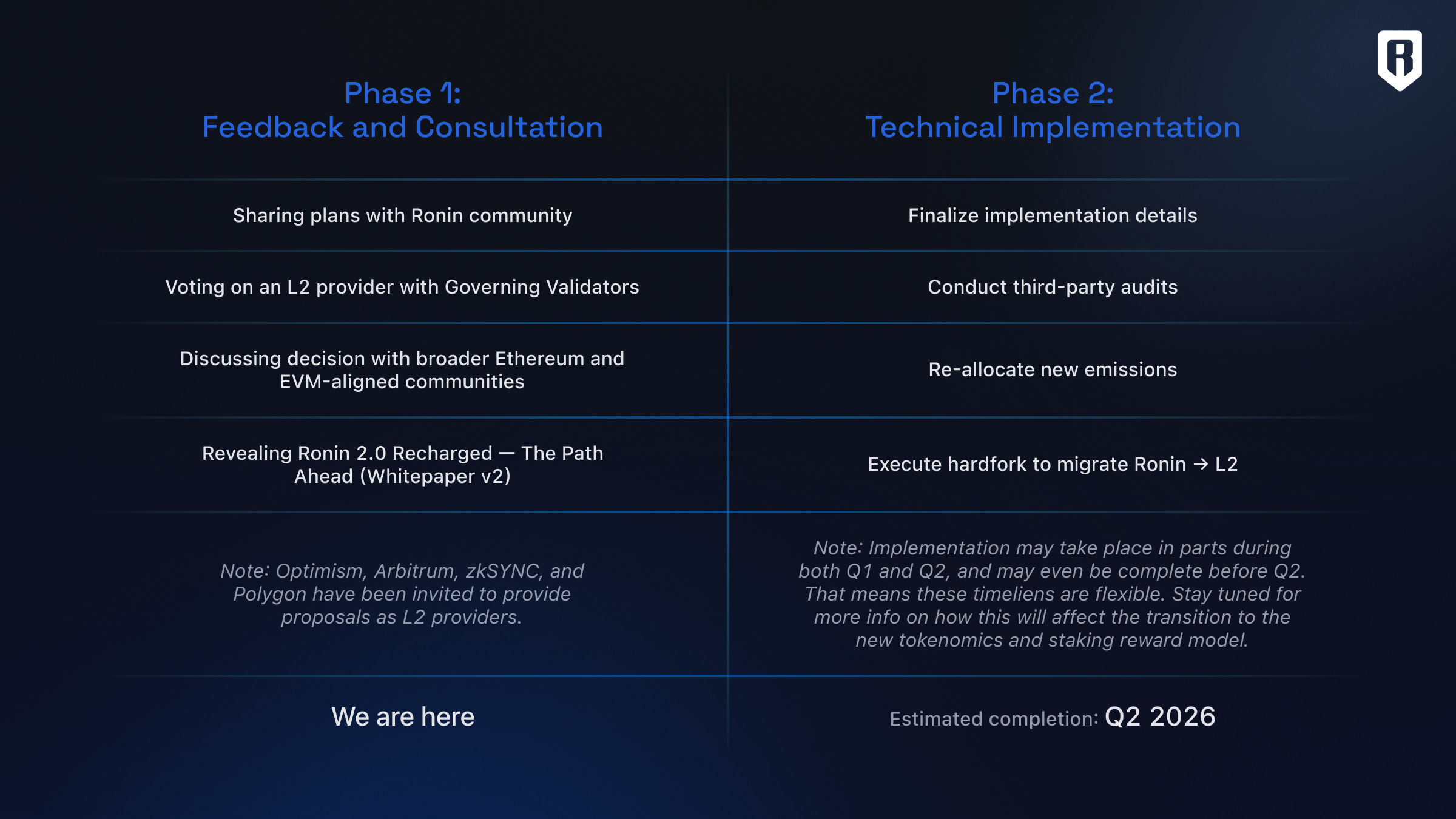
Lower Latency for Gamers: By handling transactions simultaneously, Ronin L2 delivers faster in-game actions and NFT transfers, resulting in a smoother user experience for blockchain-based games.
-
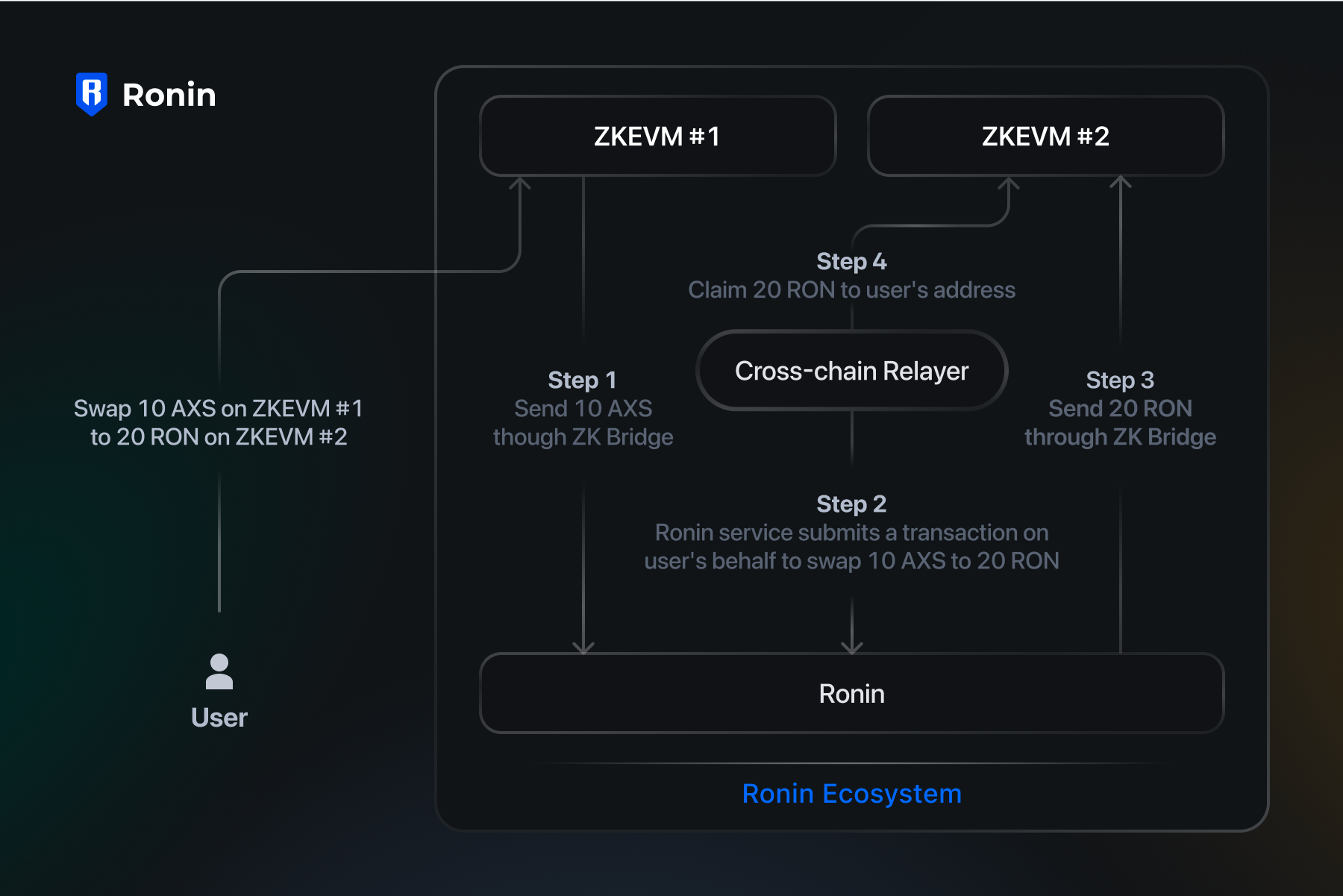
Enhanced Scalability with zkEVM: Integrating zkEVM and parallel execution allows developers to launch their own L2 chains on Ronin, supporting rapid growth and diverse gaming ecosystems.
-
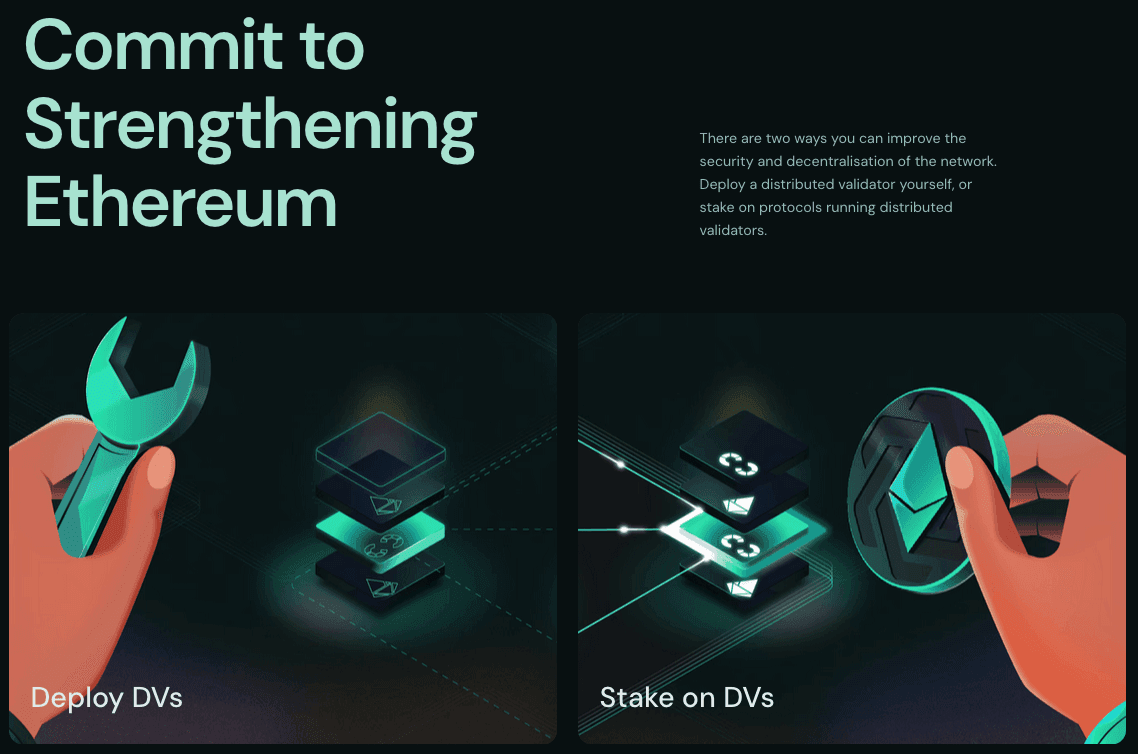
Potential Hardware Demands: Running parallel execution may require more powerful validator hardware, which could impact network decentralization if only well-resourced participants can join.
-
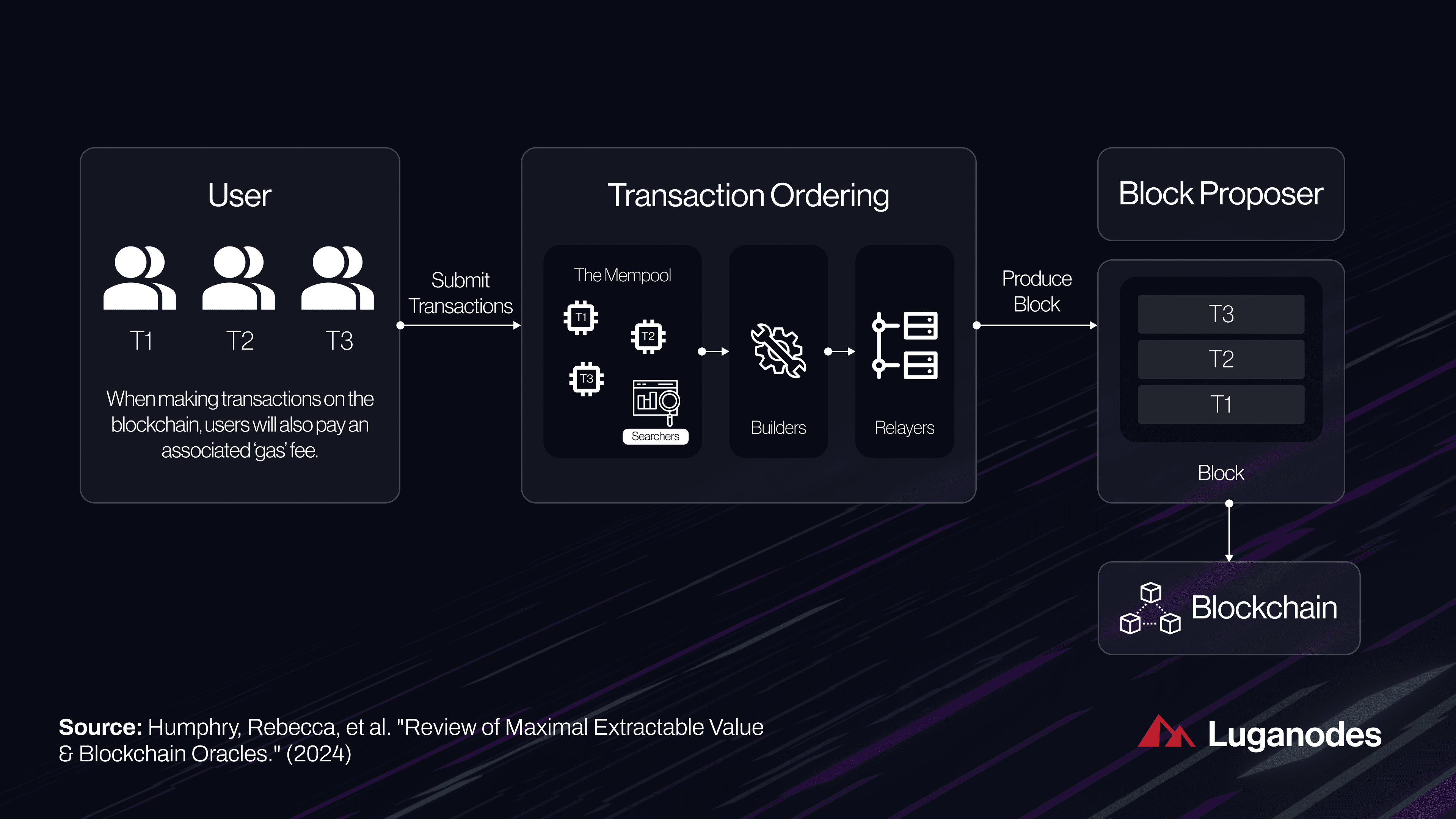
Complexity in Transaction Ordering: Ensuring correct transaction order and preventing conflicts in a parallel system is technically challenging, demanding robust protocol design and strict access lists.
-
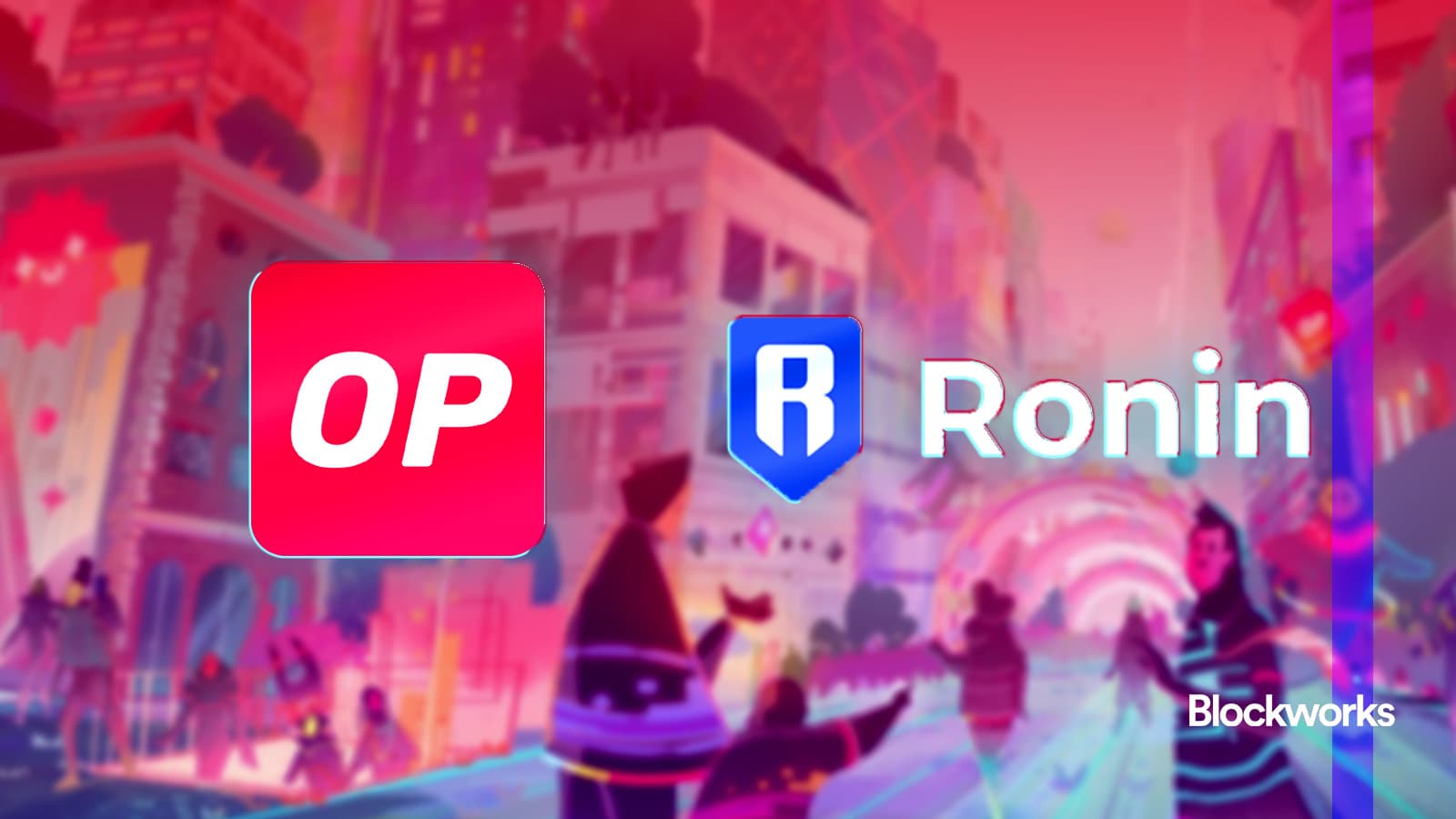
Interoperability with Ethereum Ecosystem: As an Ethereum Layer 2, Ronin L2’s parallel execution enhances compatibility with major DeFi and NFT platforms, making asset transfers and integrations more seamless.
Security remains front and center. By anchoring proofs back to Ethereum’s robust security layer, Ronin mitigates many of the risks associated with high-throughput, app-specific blockchains. The integration of zero-knowledge proofs ensures that even as throughput soars, privacy and data integrity are never sacrificed.
What’s Next for Ronin L2 and Parallel Transaction Processing?
With RON holding at $0.3708, the market is signaling cautious optimism. The next milestones include the full rollout of zkEVM-powered rollups, expanded developer tooling, and the launch of more high-profile games leveraging Ronin’s parallel execution engine. As these upgrades go live, expect to see a new wave of dApps that simply weren’t possible on legacy chains.
For builders and users alike, this isn’t just an incremental upgrade, it’s a shift in what’s possible for blockchain gaming and DeFi. Parallel transaction processing on Ronin L2 isn’t about chasing TPS records; it’s about creating a foundation where speed, scale, and security coexist. The real winners will be the projects and communities that harness this new power to deliver experiences that rival, or even surpass, their Web2 counterparts.
For ongoing technical deep-dives and community updates on Ronin L2 parallel execution, check the Ronin Blog and stay tuned to RoninDaily. com for the latest insights.

